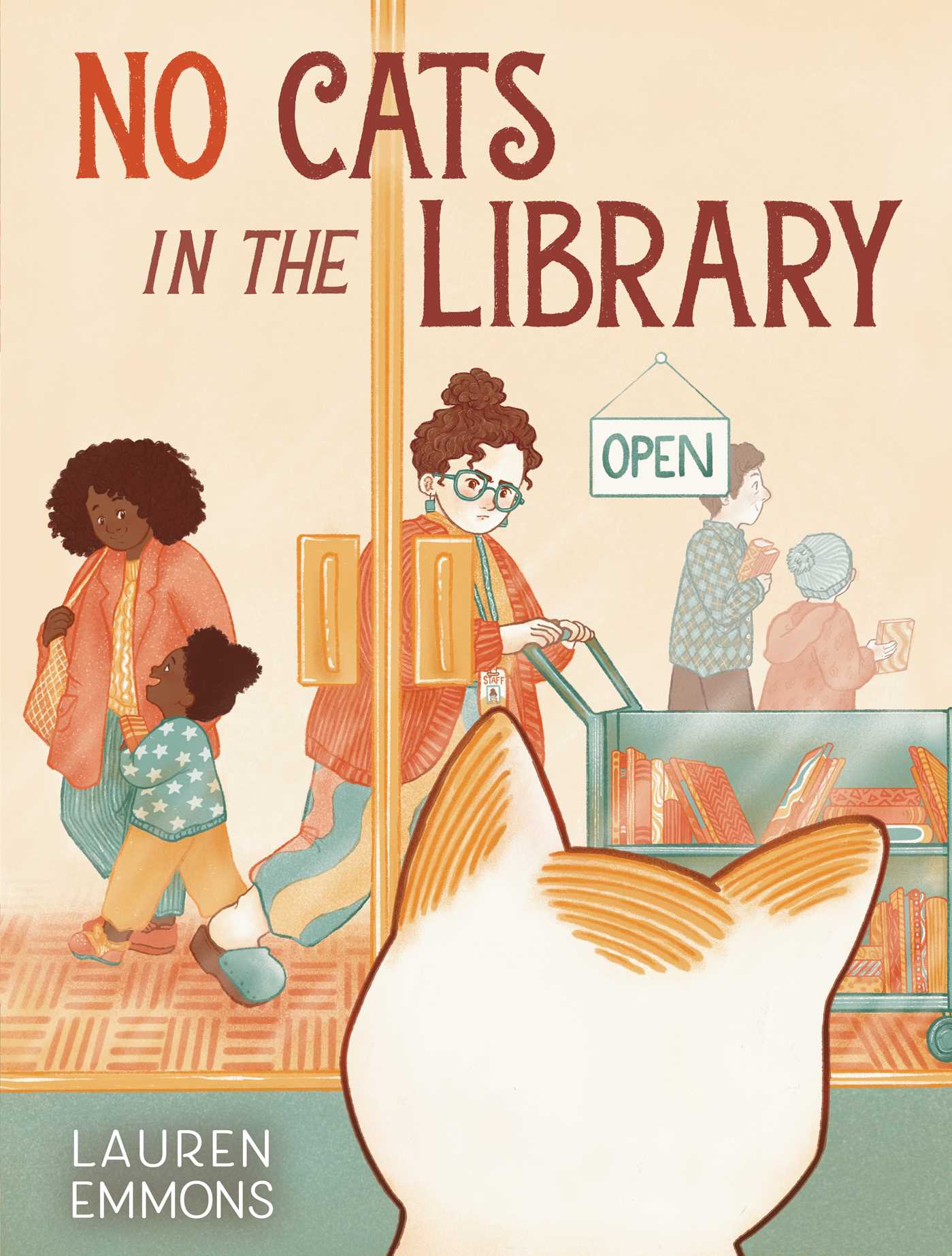 What would you do if dead bodies kept popping up in your tiny town? Check out The Village Library Demon-Hunting Society by C.M. Waggoner to discover how the residents of one town solve the crimes!
What would you do if dead bodies kept popping up in your tiny town? Check out The Village Library Demon-Hunting Society by C.M. Waggoner to discover how the residents of one town solve the crimes!
Librarian Sherry Pinkwhistle is growing alarmed by the number of people that are dying in her small town of Winesap, New York and how seemingly unconcerned and unaffected the townspeople are. Library director by day, amateur sleuth and unofficial police investigator by night, Sherry solves murders while keeping the local library running.
Solving murders has never really bothered Sherry until her very close friend is murdered and she decides she is too close to the case and therefore can’t investigate. As soon as she tells her friends that she isn’t going to investigate, weird things start happening. The sheriff starts acting erratically and her friends are suddenly very interested in Sherry continuing her investigations. More odd circumstances occur (one specific incident involving her cat pushes her over the edge!), leading Sherry to believe that an outside influence may be behind these deaths. Something unnatural is roaming Winesap and Sherry is determined to stop them.
Sherry knows she can’t figure out who is behind these murders without help, so she reaches out to her most trusted friends. With the help of the town’s new priest and her motley crew of friends, the newly formed Demon-Hunting Society gets to work! They start working out a plan to solve the latest murder and rid the community of the demon. Even though she has a group of people to back her up, Sherry still has her doubt about who she can really trust. Going off on her own may be the only way she can solve the crime, but at what cost?
I had no idea what I was getting into when I checked out this book. Sherry and her friends are an absolute riot. The circumstances in the town are wacky, yet somehow believable within the confines of the world the author has created. The characters in this book are more complicated than they seem with backstories that end up being incredibly important to the story! The Village Library Demon-Hunting Society is described as a mix of Murder, She Wrote and Buffy the Vampire Slayer – so true! While I was invested in solving the murders, the paranormal and supernatural elements seemed like a necessary road block that readers knew the Demon-Hunting Society would eventually figure out. All in all, I really enjoyed this cozy fantasy mystery.



























